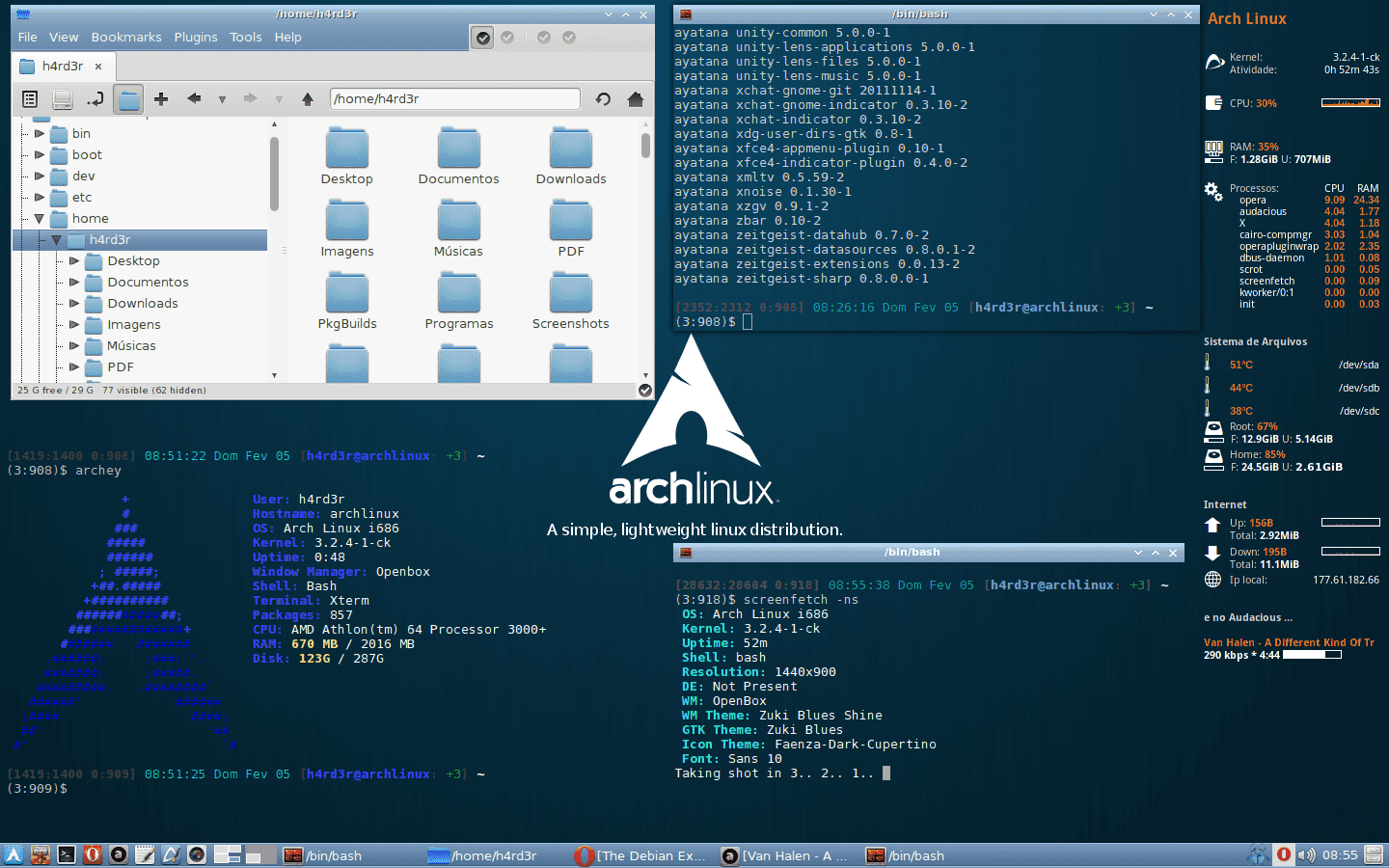
#ARCH LINUX CONNECT TO WIFI PATCH#
However, this should be seen as a last optionĪs of writing, the ACS patch is part of the Proxmox VE kernel and can be invoked via Editing the kernel command line. Should that not work, you can try using Alex Williamson's ACS override patch. If you don't have dedicated IOMMU groups, you can try moving the card to another PCI slot. Make sure you enable the corresponding setting in your BIOS for this. To have separate IOMMU groups, your processor needs to have support for a feature called ACS (Access Control Services). │ class │ device │ id │ iommugroup │ vendor │ device_name │ # pvesh get /nodes/ with the name of your node. If your system doesn't support interrupt remapping, you can allow unsafe interrupts with:Įcho "options vfio_iommu_type1 allow_unsafe_interrupts=1" > /etc/modprobe.d/iommu_unsafe_nfįor working PCI passthrough, you need a dedicated IOMMU group for all PCI devices you want to assign to a VM. DMAR-IR: Enabled IRQ remapping in x2apic mode ('x2apic' can be different on old CPUs, but should still work).To identify if your system has support for interrupt remapping:

Interrupt remapping support is provided in newer processors and chipsets (both AMD and Intel). Device assignment will fail with 'Failed to assign device "": Operation not permitted' or 'Interrupt Remapping hardware not found, passing devices to unprivileged domains is insecure.'.Īll systems using an Intel processor and chipset that have support for Intel Virtualization Technology for Directed I/O (VT-d), but do not have support for interrupt remapping will see such an error. It is not possible to use PCI passthrough without interrupt remapping. Verify IOMMU interrupt remapping is enabled If there is no output, something is wrong. There should be a line that looks like "DMAR: IOMMU enabled". For a list of GPU ROMs, see Techpowerup's collection of GPU ROMs Verifying IOMMU parameters Verify IOMMU is enabled If you GPU ROM supports UEFI, it is recommended to use OVMF (UEFI) instead of SeaBIOS. GPU requirements The ROM of your GPU does not necessarily need to support UEFI, however, most modern GPUs do. Note that, as of writing, both these lists are incomplete and very out-of-date and most newer motherboards support IOMMU. Lists can be found on the Xen wiki and Wikipedia. Motherboard requirements Your motherboard needs to support IOMMU. AMD: CPUs from the Bulldozer generation and newer, CPUs from the K10 generation need a 890FX or 990FX motherboard.This is a list of basic requirements adapted from the Arch wiki CPU requirements Your CPU has to support hardware virtualization and IOMMU. Note that VMs with passed-through devices cannot be migrated.

If you "PCI passthrough" a device, the device is not available to the host anymore. PCI passthrough allows you to use a physical PCI device (graphics card, network card) inside a VM (KVM virtualization only). For a step-by-step guide on how and what to do to pass through PCI(e) devices, see the docs or the wiki page generated from the docs Note: This is a collection of examples, workarounds, hacks, and specific issues for PCI(e) passthrough.
#ARCH LINUX CONNECT TO WIFI HOW TO#
4.2 How to know if a graphics card is UEFI (OVMF) compatible.3.2 Verify IOMMU interrupt remapping is enabled.htaccess Apache Banana Pi Bash Scripting config. The blogpost Setup an static IP on Arch Linux shows how to setup a static IP for ethernet connections. Now you can enable the profile, so that your pi starts with it:.Key=\"aaddggeeejjenneggtssskkkekddwsdsaduawvwddvgvdgvasdg


You need to have installed sudo to uses this instructions: The following steps are showing how I did setup my wireless connection with an static IP on my ArchLinux driven RaspberryPi.


 0 kommentar(er)
0 kommentar(er)
